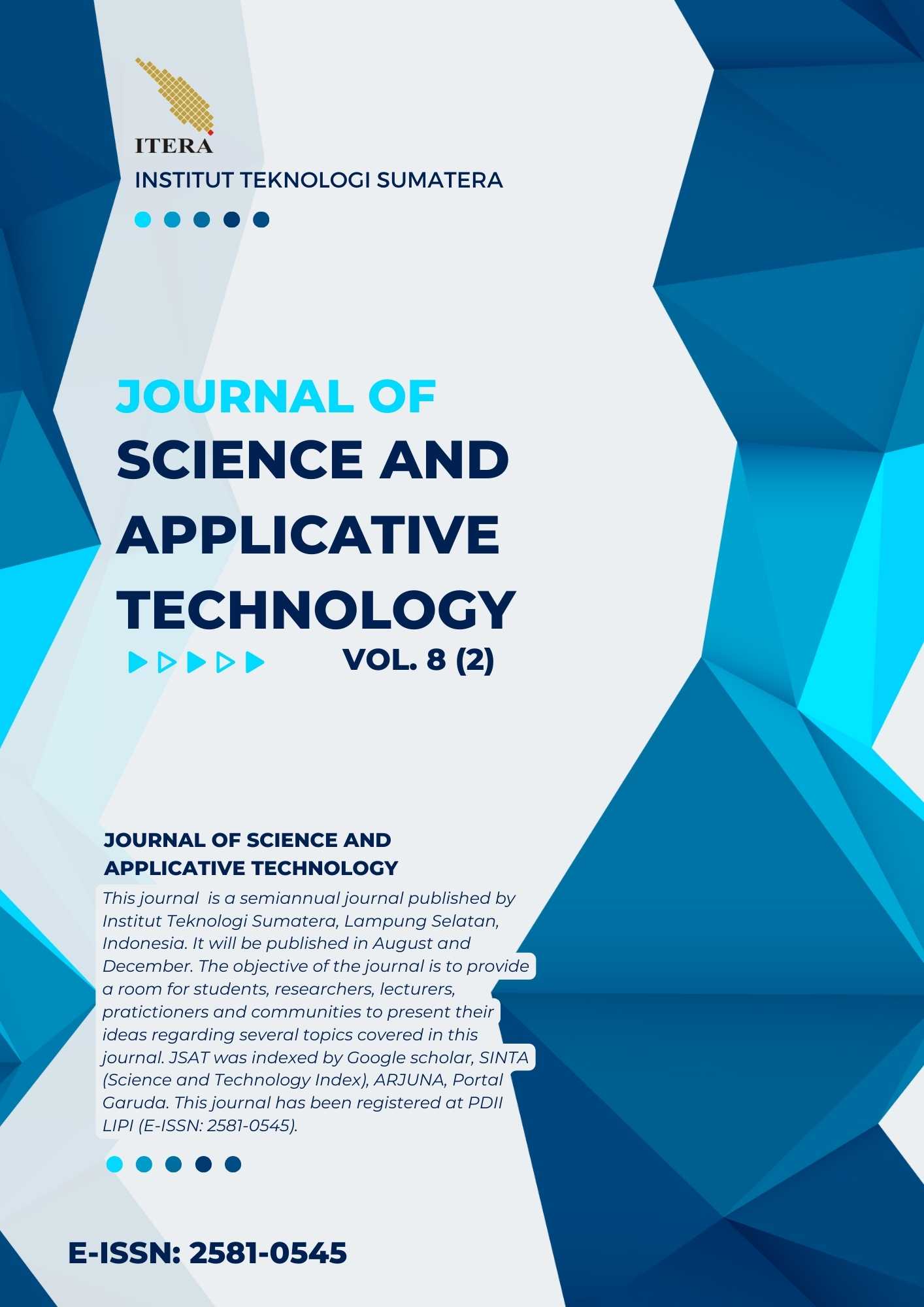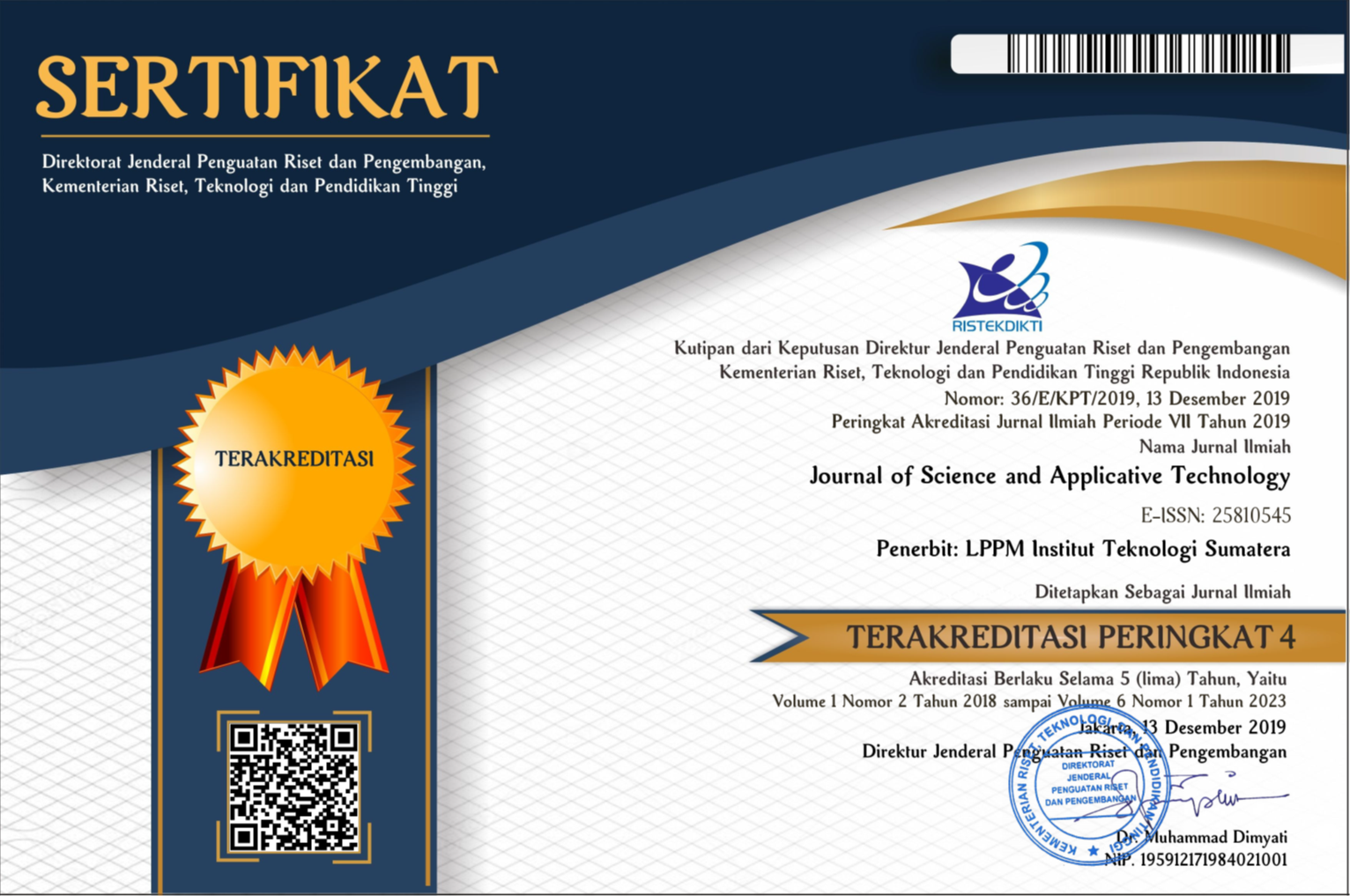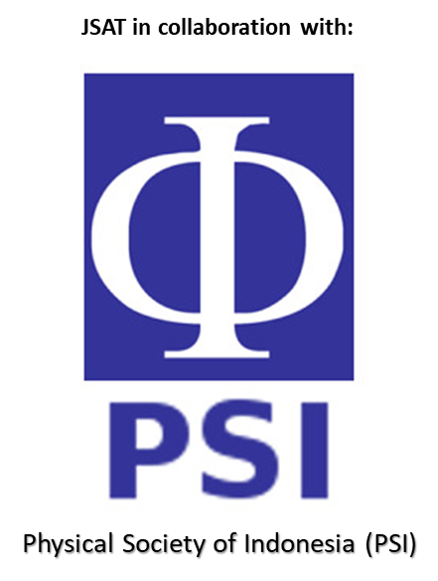Establishment and Affirmation of Village Boundaries in Rancabali District, Bandung Regency Based on Ministerial Regulation No. 45 of 2016 with the Principle of Contradictoire Delimitatie
Abstract
The boundary village is a parapet government administration of the region inter-villages which is a series of coordinates to which points are on the surface of the earth. This study examines the application of the Minister of Home Affairs Regulation Number 45 of 2016 concerning the determination and affirmation of village boundaries in Rancabali Sub-district, Bandung District, West Java Province, Indonesia. The Rancabali sub-district consists of five villages whose boundaries must be affirmed and defined. According to the Minister of Home Affairs Regulation Number 45 of 2016 in the determination and affirmation of village boundaries, it is defined as administrative boundaries inter-villages that are juridical. This study aims to determine and confirm village boundaries based on the methodology contained in Minister of Home Affairs Regulations number 45 of 2016 by producing the village's administrative boundaries from the results of cartometric technical agreements. The data of this study were sourced from village boundary data in a participatory manner by villages in Rancabali Sub District using cartometrics. Because the Minister of Home Affairs Regulation Number 45 of 2016 stipulates that the determination and affirmation of regional boundaries are carried out cartometrically so that the application of this method needs to be carried out on the determination of village boundaries. The results of this research resulted in technical agreements and maps of village/kelurahan administrative boundaries in Rancabali District. In the technical agreement activities carried out, it was possible to identify the boundaries between villages/kelurahan in Sukaresmi Village, the maps of Indragiri Village and Cipelah Village resulted in an agreement. Patengan Village and Alamenda Village still have areas where they disagree.
Downloads
References
[2] E. Y. Handoko and K. P. Tucunan, ‘Pemetaan Desa Menggunakan Metode Partisipatif untuk Pembangunan Desa dan Kawasan (Desa Ngepung, Kecamatan Lengkong, Kabupaten Nganjuk, Propinsi Jawa Timur)’, Sewagati, vol. 5, no. 1, pp. 30–35, 2021.
[3] F. Nadir, “PENERAPAN ASAS CONTRADICTOIRE DELIMITATIE PADA PENDAFTARAN TANAH SISTEMATIK MELALUI KEGIATAN LAND MANAGEMENT AND POLICY DEVELOPMENT PROGRAM (LMPDP) DI KOTA MAKASSAR,” Doctoral dissertation, Universitas Hasanuddin, 2013.
[4] R. Yunian, “Penerapan Asas Contradictoire Delimitatie dalam Proses Pendaftaran Tanah di Kabupaten Klaten,” 2017.
[5] Peraturan Menteri Dalam Negeri Republik Indonesia, ‘Peraturan Menteri Dalam Negeri Republik Indonesia Nomor 45 Tahun 2016 tentang Pedoman Penetapan dan Penegasan Batas Desa’, Permendagri, no. July, pp. 1–23, 2016.
[6] Undang-Undang RI, ‘UNDANG-UNDANG REPUBLIK INDONESIA NOMOR 6 TAHUN 2014 TENTANG DESA, 2014.
[7] BPS, Kabupaten Bandung Dalam Angka 2019. 2020.
Copyright (c) 2025 Journal of Science and Applicative Technology

This work is licensed under a Creative Commons Attribution-NonCommercial 4.0 International License.
All the content on Journal of Science and Applicative Technology (JSAT) may be used under the terms of the Creative Commons Attribution-NonCommercial 4.0 International License.
You are free to:
- Share - copy and redistribute the material in any medium or format
- Adapt - remix, transform, and build upon the material
Under the following terms:
- Attribution - You must give appropriate credit, provide a link to the license, and indicate if changes were made. You may do so in any reasonable manner, but not in any way that suggests the licensor endorses you or your use.
- NonCommercial - You may not use the material for commercial purposes.
- No additional restrictions - You may not apply legal terms or technological measures that legally restrict others from doing anything the license permits.





















